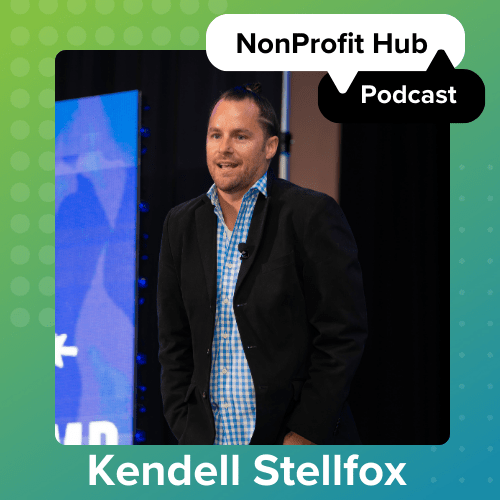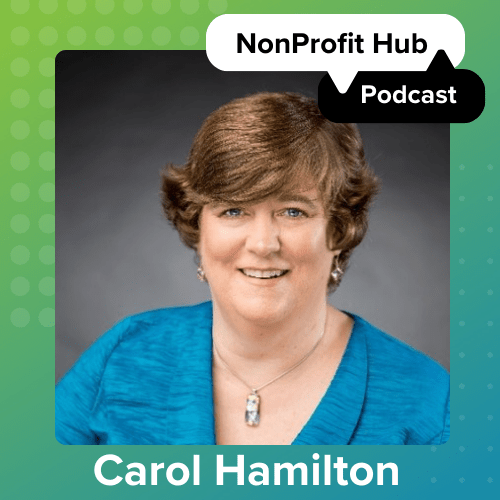Influencer marketing—spreading the word about one’s product through social media influencers—has become big business in recent years. People with massive social media followings frequently make a profession of it, and companies pay them large sums of money to wear, eat or talk about their products online. Research suggests that up to 87 percent of shoppers nowadays were inspired by an influencer to make a purchase—and experts believe the influencer industry could be a $10 billion business by 2020.
However, influencer marketing isn’t just for products and brands; nonprofits can benefit substantially by influencers who get behind their cause. Here’s a case in point based on my own experience. While at the venture philanthropy nonprofit, REDF, I had the pleasure of working with actor Chris O’Donnell, who was a member of the board. He shared his involvement with the organization on social media and this effort, coupled with other respected “niche” influencers in the field, helped significantly raise awareness and credibility to the organization’s results.
How influencer marketing works
Think of influencer marketing as an amplified version of word-of-mouth. If you’re looking for a product or service, and a friend, family member or someone you respect recommends one, consider how that person’s endorsement affects your decision. The same principle holds true on social media. There are people within different interest groups who have amassed a loyal following on platforms like Twitter, Instagram and YouTube, or are influential bloggers. When they speak well of a product, service—or nonprofit—their followers take notice. Often times they’ll then share it with their networks. This is the power behind influencer marketing. When people who are respected in your field share your content or endorse your organization, it can have a huge impact on raising awareness and trust.
Macro vs. micro
Influencers generally fall into one of two categories:
- Macro-influencers—People who have tens of thousands of active followers, who have achieved a sort of celebrity status (some actually are celebrities).
- Micro-influencers—These people have achieved an influencer status within a select niche or area of interest, and while they have fewer followers, those followers are highly engaged.
Ideally, your campaign will use both macro- and micro-influencers to spread the word. However, if your nonprofit doesn’t have access to macro-influencers, never fear—you can still get positive results from this approach.
Tips for effective influencer marketing
- Nurture the influencers you already have. Chances are you already have people of influence involved in your organization. By paying attention you can figure out who they are. Studies have shown that the top 5 percent of an organization’s database, on average, has a reach 200 times larger than the organization’s entire email list through their social networks. Discover your current influencers and then work to build their trust and loyalty.
- Identify your goals to develop the best strategies. It’s important to understand what you are trying to achieve with your campaign. Is it to generate awareness about your organization, educate people around a cause, inspire an action or some other result? This will help you find the right influencers and generate relevant influencer content.
- Win over new influencers through engagement. Follow them. Like and comment on their posts. Message them directly about common interests and introduce them to your cause. Develop a mutually beneficial relationship.
- Work with existing influencers to keep the message consistent. Where applicable, you can help your macro- and micro-influencers by scripting their comments or sharing talking points with them. This makes it easier for people to share your messaging and keeps the message consistent.
- Look to your funders as influencers, too. Many of your funders are looking for ways to share ideas with their network. Create high-quality content and invite them to share it.
- Find new influencers through hashtag searches and tools. Look up hashtags that relate to your mission; the posts near the top are likely influencers in those categories. Tools like Social Bond, can also be useful for finding influencers in categories related to your cause.
Effective influencer marketing takes a bit of effort and some research, especially at the beginning. But if you get the right people sharing your content and talking about your mission, the results can snowball into a groundswell of interest in, and support for, your organization.






